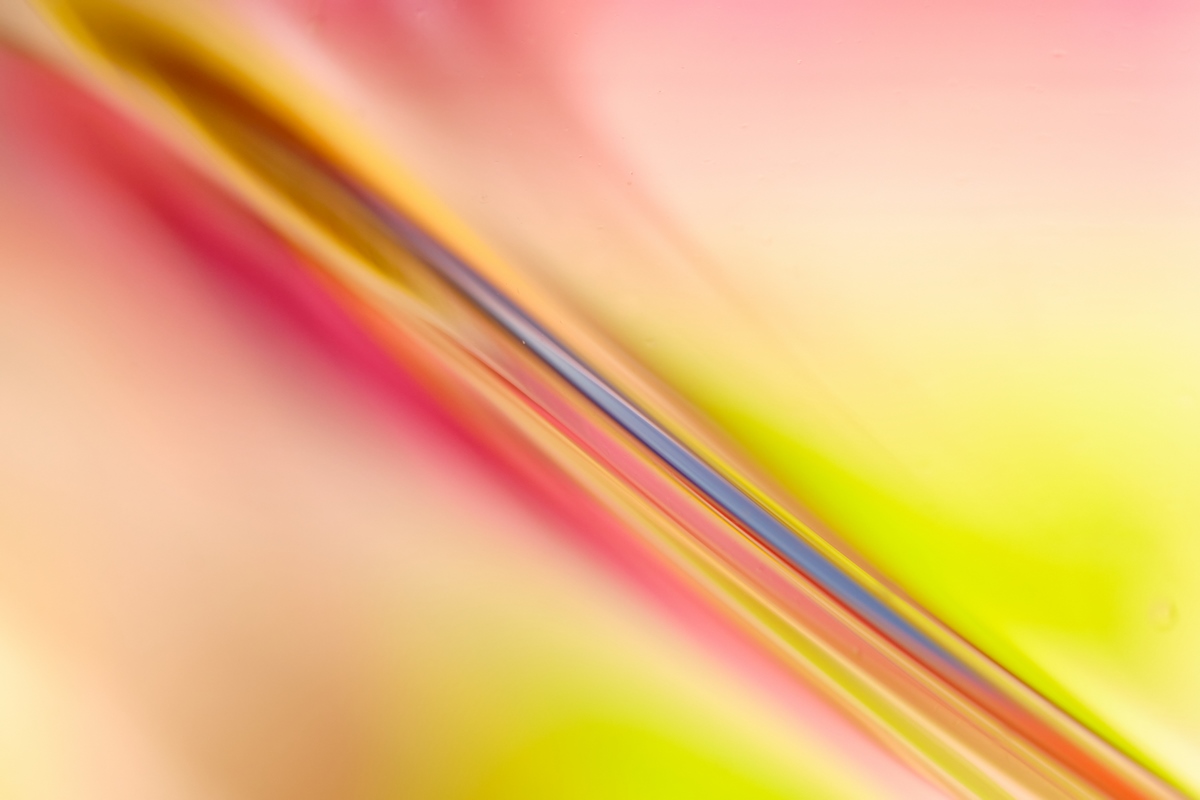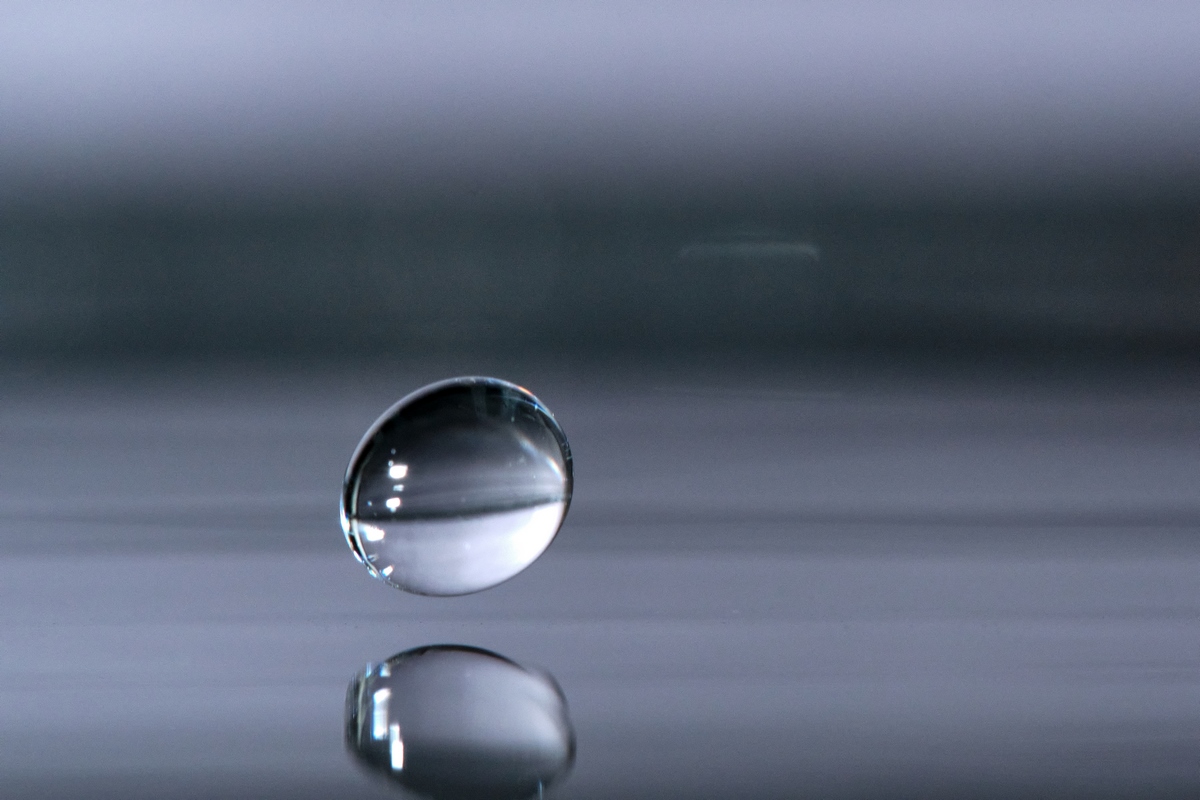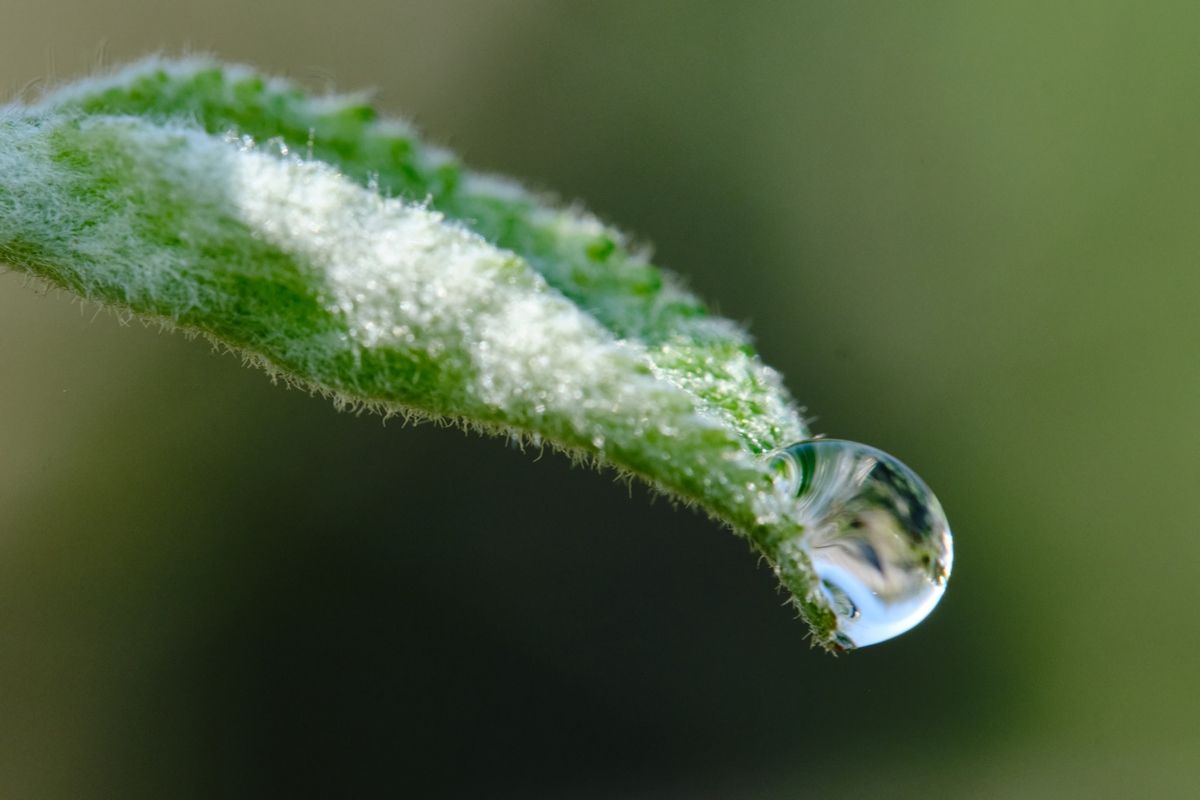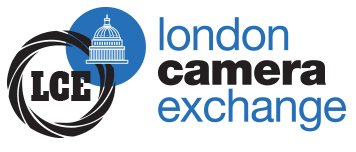
Refraction Photography
Refraction photography might sound niche, but the majority of us reading this are likely to have taken an image of refracted light at some point in our photography journey. If you’ve taken a picture through a curved piece of glass, some water or even just photographed a rainbow then this is all refracted light. It is the phenomenon of light rays bending when they hit the surface of a lens (or another medium). When light hits a surface (that is angled or curved) between your camera and the main subject then the refraction effect is most pronounced.
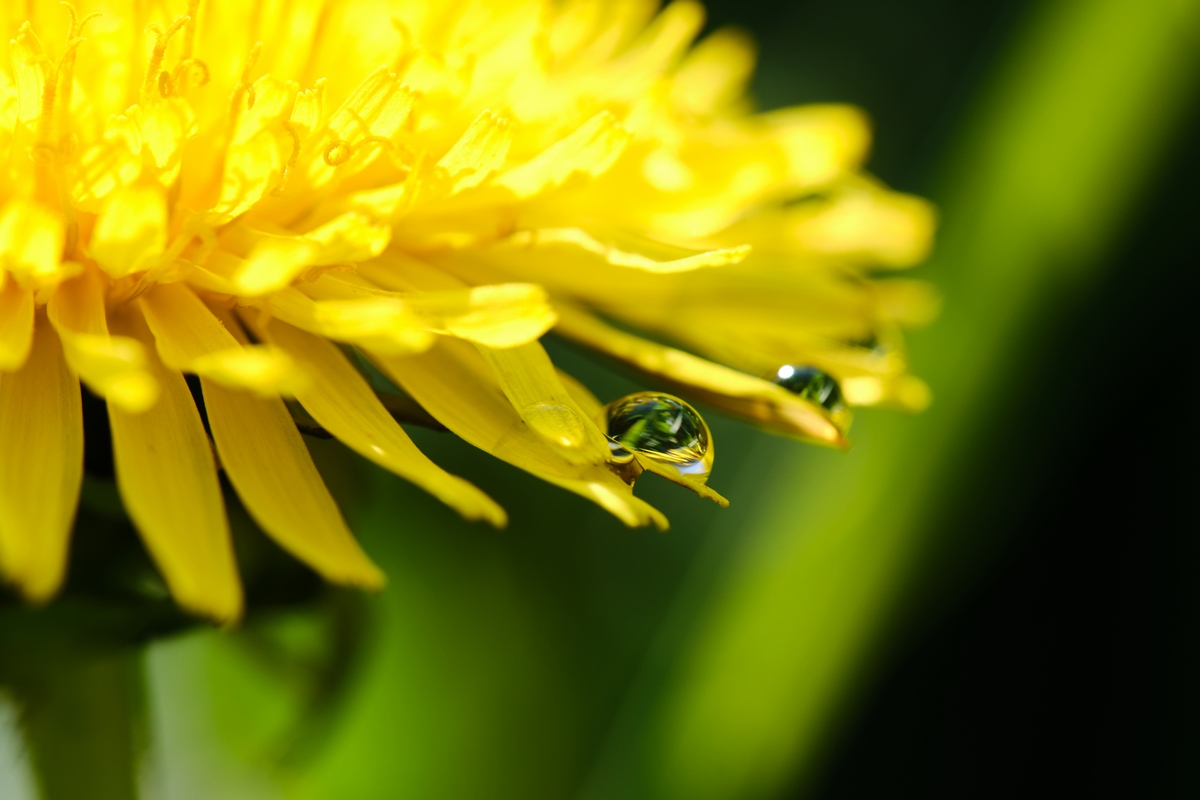
Many photographers use objects to refract light and make an otherwise ordinary image extraordinary. A glass object such as a lens ball, drinking glass or even the humble marble makes excellent refracting objects. If you fill the drinking glass with water it should reverse the image which can make for some very interesting effects. An empty drinking glass will still refract the light but will have the effect of bending the light rather than completely inverting it.
This is one of those subjects that is ideal for the home or garden, you should be able to have a go at these suggestions with items that you would find around the house.
What do you need?
This is a subject where all you need is a camera, a lens and something to refract the light. For my images, I have used my macro lens, but you can use a normal camera and lens combination for a lot of setups. The following list is not an extensive list, but are suggestions of items that you might be able to lay your hands on for this subject:
- Curved drinking glasses, vases or decanters (wine glasses work really well)
- A glass ball (sometimes referred to as a lens ball)
- Water droplets
It is also worth thinking about the background and the effect you want to achieve. I have seen great images from photographers who have used high contrast monochrome backgrounds, some have used coloured paintings and some have created striking portraits. In a lot of the uses of refraction photography then it would be a landscape that would be being captured, but if shooting indoors then having a series of different backgrounds can be a great way to play around with this subject.
The Setup
Drinking Glasses
For this setup I have used an empty glass vase in order to create abstract refracted images. These images were set up in a well-lit room and tried a series of images using natural light and off-camera flash and the background was a colourful alphabet puzzle (sometimes the things lying around the housework the best).
For this setup I recommend placing the glass object halfway between your camera and the background, set your focus point on the glass object and select an aperture that will give you a nicely blurred background. If using a macro lens at a very close distance then this will probably be around F8 or F11, but you may be using a telephoto or a portrait lens, in which case an aperture of F2.8-F5.6 might give you the results you want. My tip is to move the camera around, move the glass closer to the camera or closer to the background. You are likely to get some quite abstract results, if they don’t look like much on the camera screen then don’t delete them! You may find that with some creative post-processing you are able to transform an ordinary image into an extraordinary one.
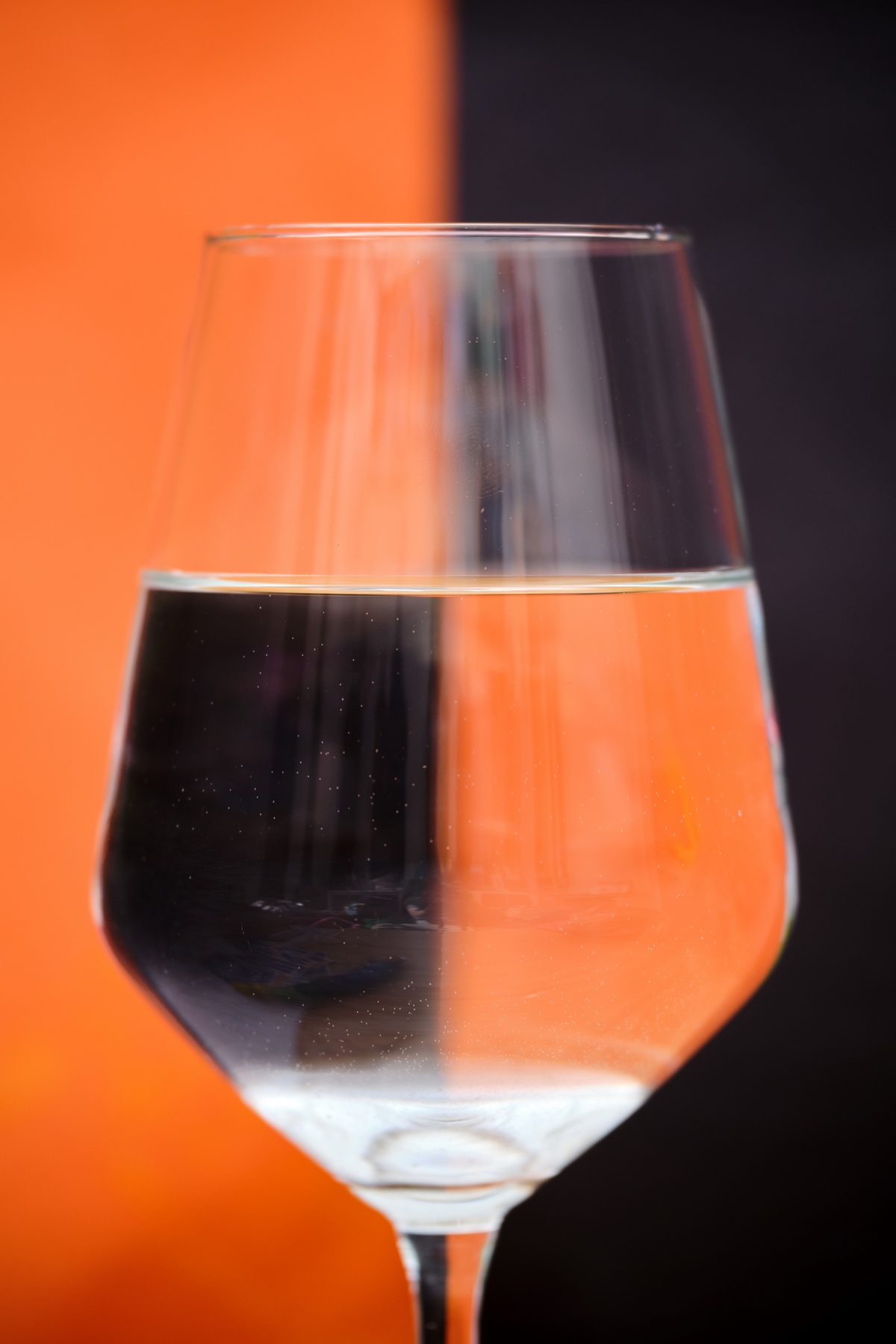
Drinking glasses that are filled with water produce interesting images involving refracted light. For this, you will just need a drinking glass (a wine glass works well as it tends to be higher quality glass), some water and a background of your choice. A well-lit room would work well with this, but feel free to get creative with flash photography. If you place your glass in front of the background and fill it half full then you should notice that the background is inverted for the part of the glass that contains water. The part of the glass that doesn’t have water in should have a slightly distorted background. Two different coloured pieces of A4 paper can create an interesting chequered effect. This is a setup where you will need to move your subject, background and camera around in order to get the result you are happy with. Try bringing the glass closer to the camera in order to invert the backgrounds in the water (please see the below image). Taking an image, reviewing it and making small adjustments can yield great results.
Water Droplet
Flowers and Water
Flowers and water drops make great partners for refraction photography. I had a pipette (a similar dropper would do the job) that we had lying around the house and used that to put drops of water on the flowers around the garden. I then took my macro lens, closed the aperture down to around F11 and focused on the drop of water. Due to the way the water drop refracted the light, I managed to achieve a clear image in the water drop with the background being focused out and creating a pleasing bokeh. I did pay a lot of attention to the direction of light, making sure that the exposures were correct and placing my point of focus on the drop of water. My tip is to play around with the angles and take several different images to get a sense of the effect of the light. You could also use extension tubes for this, they are a relatively inexpensive way of achieving close focus with your camera and lens combination. Different camera manufacturers offer different extension tubes, please feel free to get in touch if you would like any assistance.
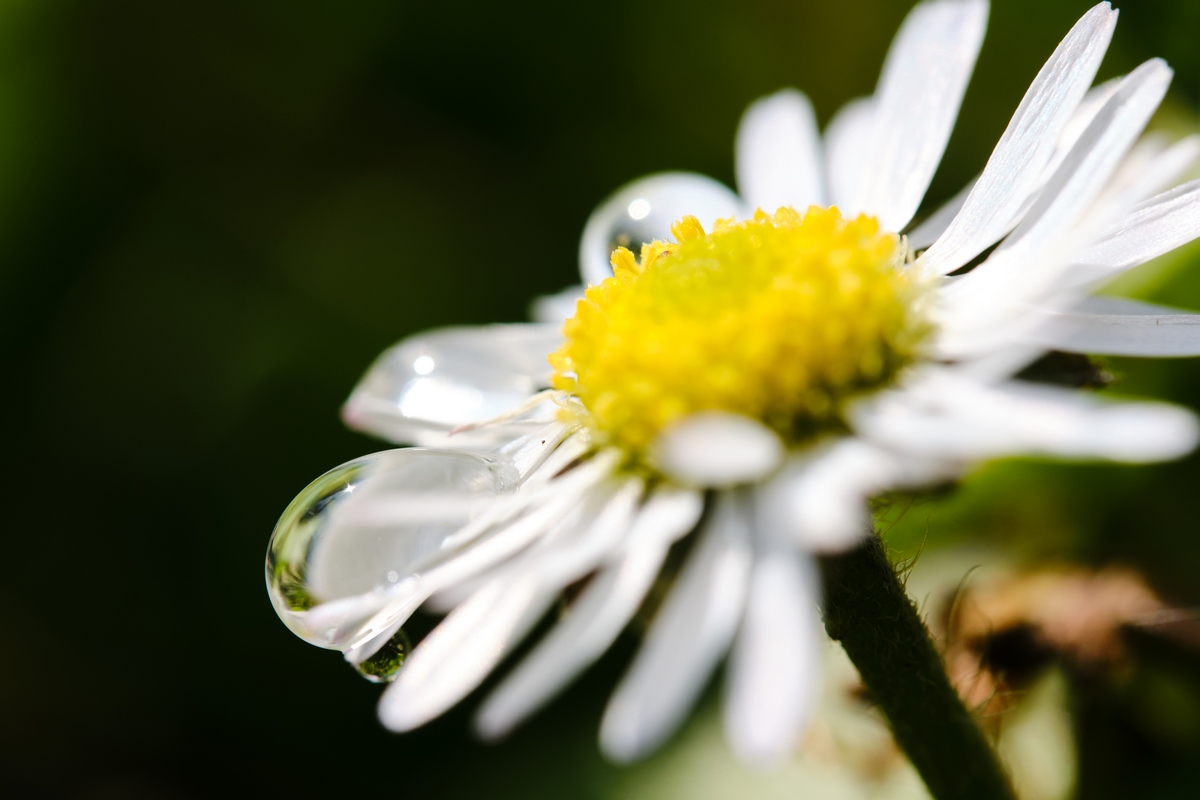
Water Droplet / Splash Photography
The second setup was the process of capturing water drops as they are falling in mid-air or rebounding from hitting the surface of the water. With a good background, you can get some excellent refraction images. Ideally, you want a very circular water drop that has rebounded from the surface of a main body of water. Height, the size of the drop and camera settings will all have a bearing on this. My recommended set up for this is a tray, a method of dropping water, two flashguns (one for the water drops and one for the background) and a patterned background. You can do it with one flashgun and some ambient light on the background, but it will need to be a bright ambient light (maybe by a window). Set your shutter speed to 1/250s, camera ISO to 640, the flashguns to around 1/32 power and the aperture to around F11. The light hitting the background should then refract through the drops of water. Have an experiment with this, I promise it is fun!
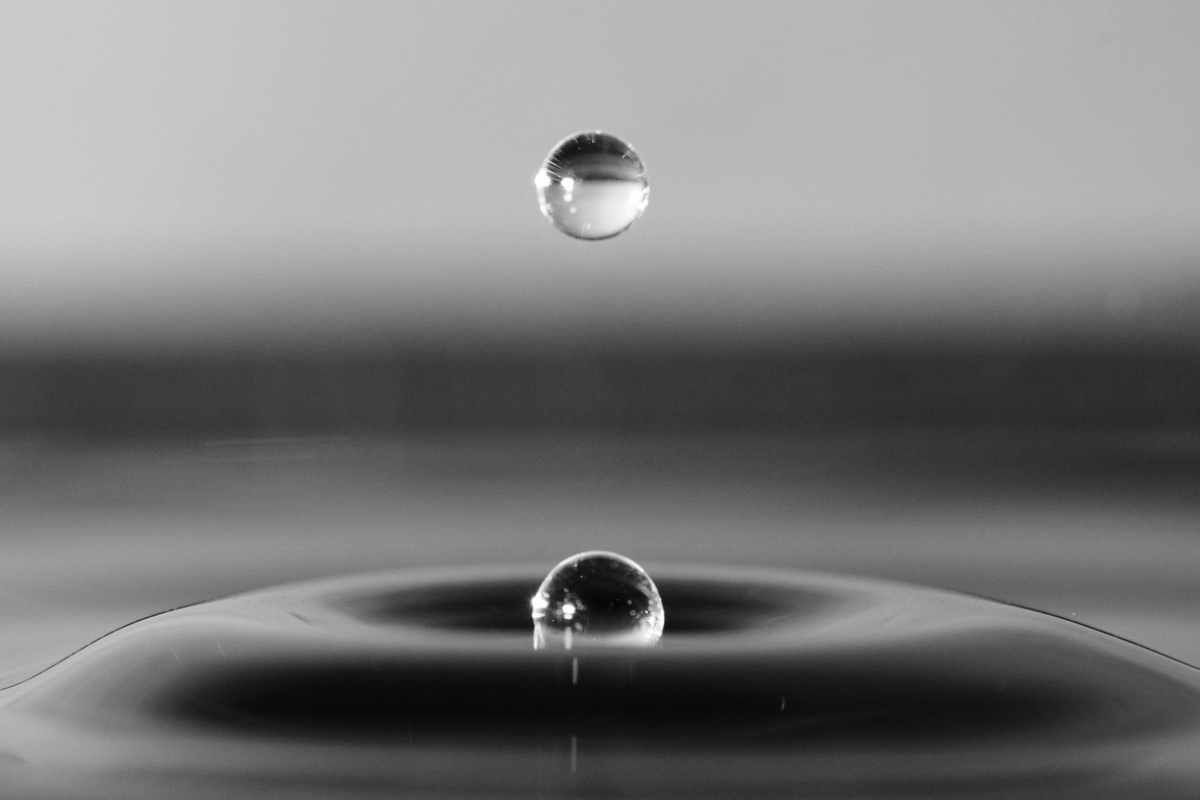
Lens (Glass) Ball
You can buy specific photography lens balls, but I sadly don’t have one so I searched the house for something. Low and behold, there was one sitting on a glass teapot! If the ball is completely spherical it will invert the image and effectively create an extra lens element between you and your subject. If you have any clear marbles lying around the house, these could be a great option.
The image in your lens ball will be sharp, but the image around it will be blurred with lots of bokeh. If the image in your glass ball is inverted then it can easily be flipped back again in post-production. Experimenting with light, objects, backgrounds can be really rewarding. It all depends on the subject, but refraction with a lens ball is a great way of adding an interesting element to a subject.
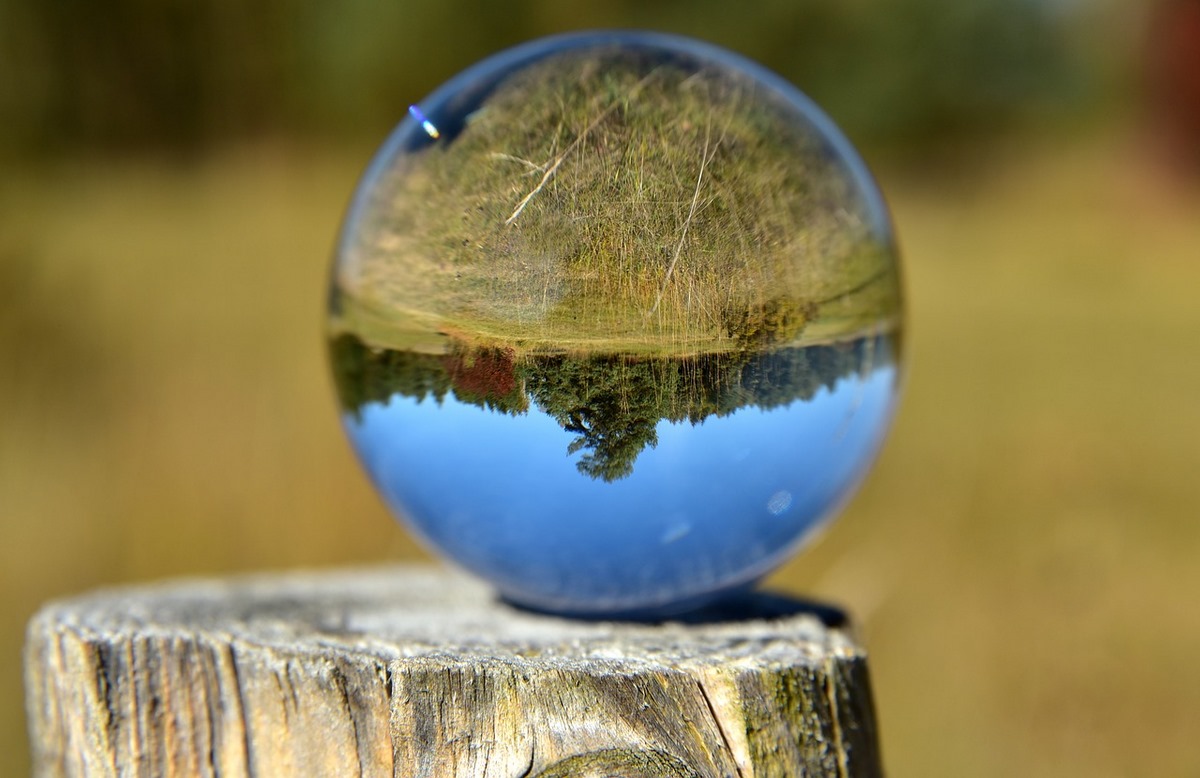
Summary
These are just several suggestions to get you started. Refraction photography really is one of those subjects that has a huge amount of scope for variation. You will hopefully have fun setting up and capturing your images, but also get to indulge in some post-processing afterwards. I recommend taking your images in RAW file format if possible, this will allow you greater creative control over your images (without hindering the quality).
